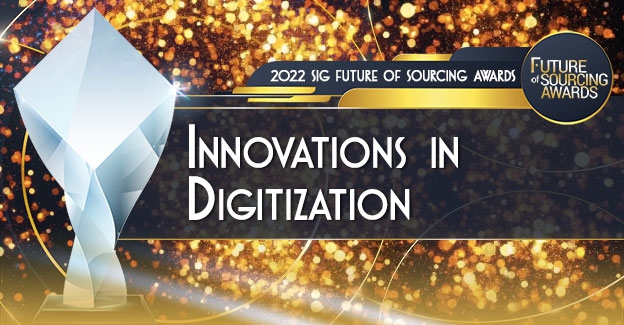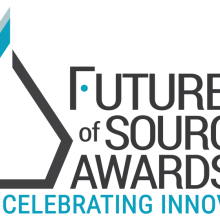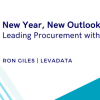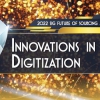On October 19th, the Future of Sourcing Awards will celebrate organizations and individuals that have shown innovation, leadership and transformation in categories that are critical to the sourcing industry. Interviews with the finalists provide helpful insight about their projects, the problem they sought to solve and the impact to their organizations.
Can you outline why your team embarked on this project and the problem that needed to be solved?
How were things done originally and what was the inspiration to innovate the process?
Prior to this project, there was no automation, and all P2P transactions were being processed manually. A few examples:
- On-time delivery: Buyers had to follow up with suppliers for purchase order (PO) confirmations within 48 hours of PO creation. A follow-up email had to be sent to the vendors. The time taken for each email was 5-7 minutes. On average, each plant has 7-10 vendors and there were more than 50 plants in North America, Latin America, Europe, and Asia.
- PO change request: The user was required to search and open the PO on the procurement software, enter the PO, identify the correct line number, and update the relevant fields, i.e., price, quantity, delivery date or payment terms. All these steps were done manually.
- Closing a PO: The user had to navigate through multiple screens, select the relevant PO and line number, choose action to close the PO and submit the request, which involved multiple steps and was a long process.
What KPIs did you use to measure success for this project? (For example: performance, customer satisfaction, revenue, sales or relevant financial gains?)
- Opportunity assessments were conducted for each of the processes identified and before-and-after measurements were taken for key SLA, metrics, and TATs
- Process mapping was developed for before and after states. Benefits in steps reduction and time taken for manual steps were recorded and the efficiency gain was calculated
- Employee surveys were conducted to assess the impact of RPA implementations
- Client feedback was taken to assess the changes this has brought to their processes
How do you plan to ensure that the new model remains relevant and adapts to the future needs of the market?
- An RPA Center of Excellence and a governing body have been established to understand various updates and assess new technologies emerging from markets
- Internal synergy council meetings have been set up to understand and learn from different teams and verticals
- Periodic opportunity assessments are conducted with various teams to understand new needs and how GEP can help
- GEP reaches out to business schools, interns, and consultants for new case studies to understand new requirements
What advice do you have for those who may want to implement this innovative approach in their own organizations?
Many organizations are highly motivated by the success stories of RPA and are taking strides to implement it in their organizations.
With innovations in digitization occurring very quickly in our industry, how do you see this specific project further transforming in the future?







